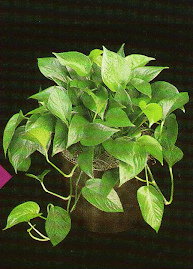9.1 Plant Structure and Growth
1)



2)Three differences between the structures of dicotyledonous and monocotyledonous plants are:
- The leaf venation of a monocot are parrallel while the vanation of a dicot are net-like.
- In the floral organs, the monocot petals are in multiples of three while the dicot pedals are in multiples of four and five.
- The roots of a monocot are fibrous adventitious while the dicots are tap roots with branching laterals.
4)Modifications:
- Roots: The purpose of storage roots, like sweet potato, are for the storage of starch and water.
- Stems:Bulbs, like onions, are the vertical underground shoots consisting of enlarged leaves with the purpose of storing food.
- Leaves: Tendrils, as on pea plants, serve the purpose of helping the plants cling onto objects for support and growth.
6)In dicots, growth due to apical meristems: extends the length of the root or stem, uphold cell division in the apical meristematic region, uphold growth at the end of a root or stem. Growth due to lateral meristems: increase the girth of the stem, uphold cell division in the vascualr cambium, and upholds growth around the stem.
7)The role of auxin as an example of phototropism of the control of plant growth: Auxin is a plant hormone that stimulates cell elongation. One of the processes that auxin controls is phototropism which is the directional growth toward the source of light. shoot tips respond to light intensity by producing more auxin on the side with less light, making that side grow longer, thus bending the shoot tip toward the light.




1 comment:
Since dicots have a taproot system and a monocot has a fibrous roots, which plants pick up more water?
Post a Comment